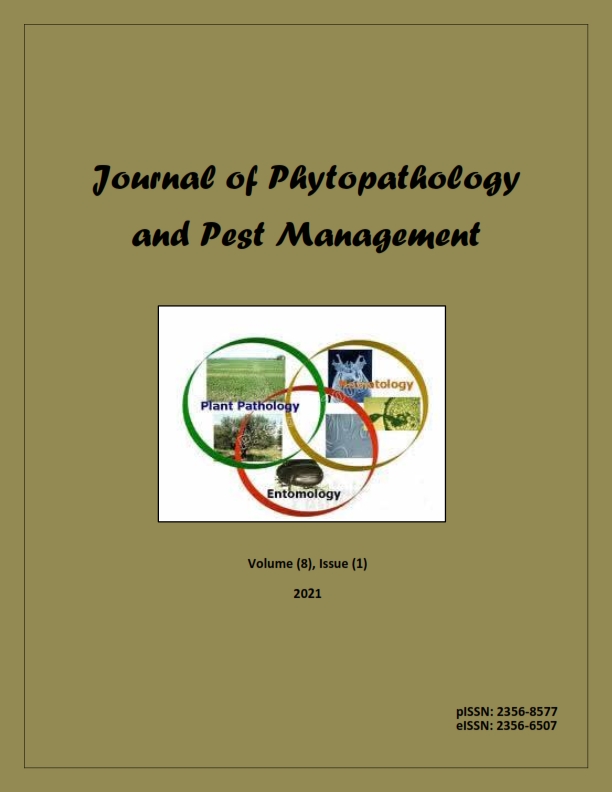Utilizing certain disinfectants as alternatives to fungicides to manage Macrophomina root rot in sugar beet
DOI:
https://doi.org/10.5281/zenodo.16467690Schlagworte:
Beta vulgaris, Macrophomina phaseolina, root rot, disinfectants, total soluble solids, sugar percentAbstract
This study aimed to determine the fungicidal effects of certain disinfectants, namely hydrogen peroxide (H2O2), n-alkyldimethylbenzylammonium chloride (n-ADBAC), and potassium permanganate (KMnO?), on M. phaseolina, the causal pathogen of root rot in sugar beet (Beta vulgaris L.), in vitro and under greenhouse conditions. Mycelial growth of the pathogen was inhibited with different concentrations (0.00, 100, 200, 400, and 600 ppm) of the tested compounds. KMnO? at 600 ppm was the most effective in inhibiting the growth of the pathogen (77.41%) when compared to other treatments. In greenhouse tests, treating pathogen-infested soil with these disinfectants reduced the disease severity of Macrophomina root rot in sugar beet. The highest reduction in disease severity was achieved with 600 ppm KMnO4. In addition, all treatments improved root agronomic characteristics, such as total soluble solids (TSS) and sugar percentage. These findings suggest that these disinfectants could serve as promising alternatives to traditional fungicides for managing Macrophomina root rot in sugar beet.
Metriken
Downloads
Veröffentlicht
Zitationsvorschlag
Ausgabe
Rubrik
ARK
Lizenz
Copyright (c) 2021 Journal of Phytopathology and Pest Management

Dieses Werk steht unter der Lizenz Creative Commons Namensnennung - Nicht-kommerziell 4.0 International.
Click here for more information on Licensing policy

.png)




